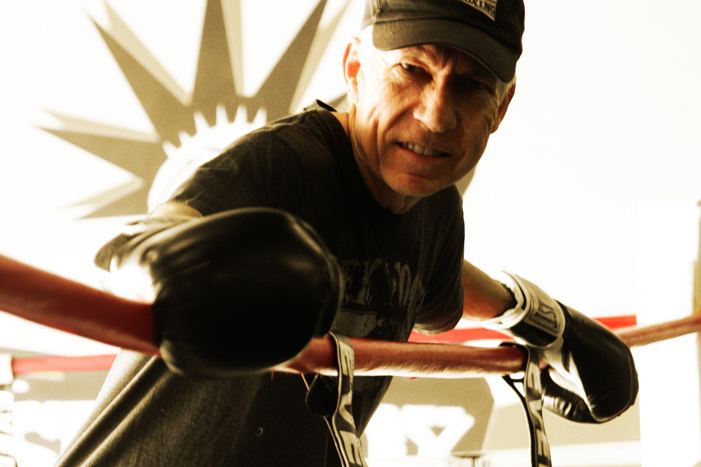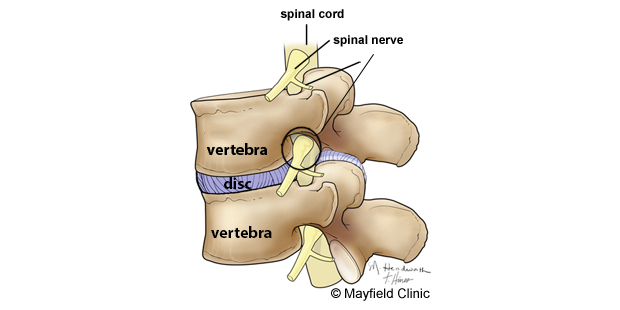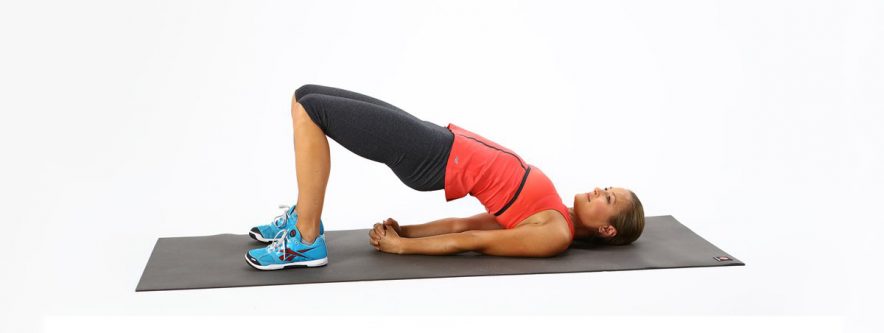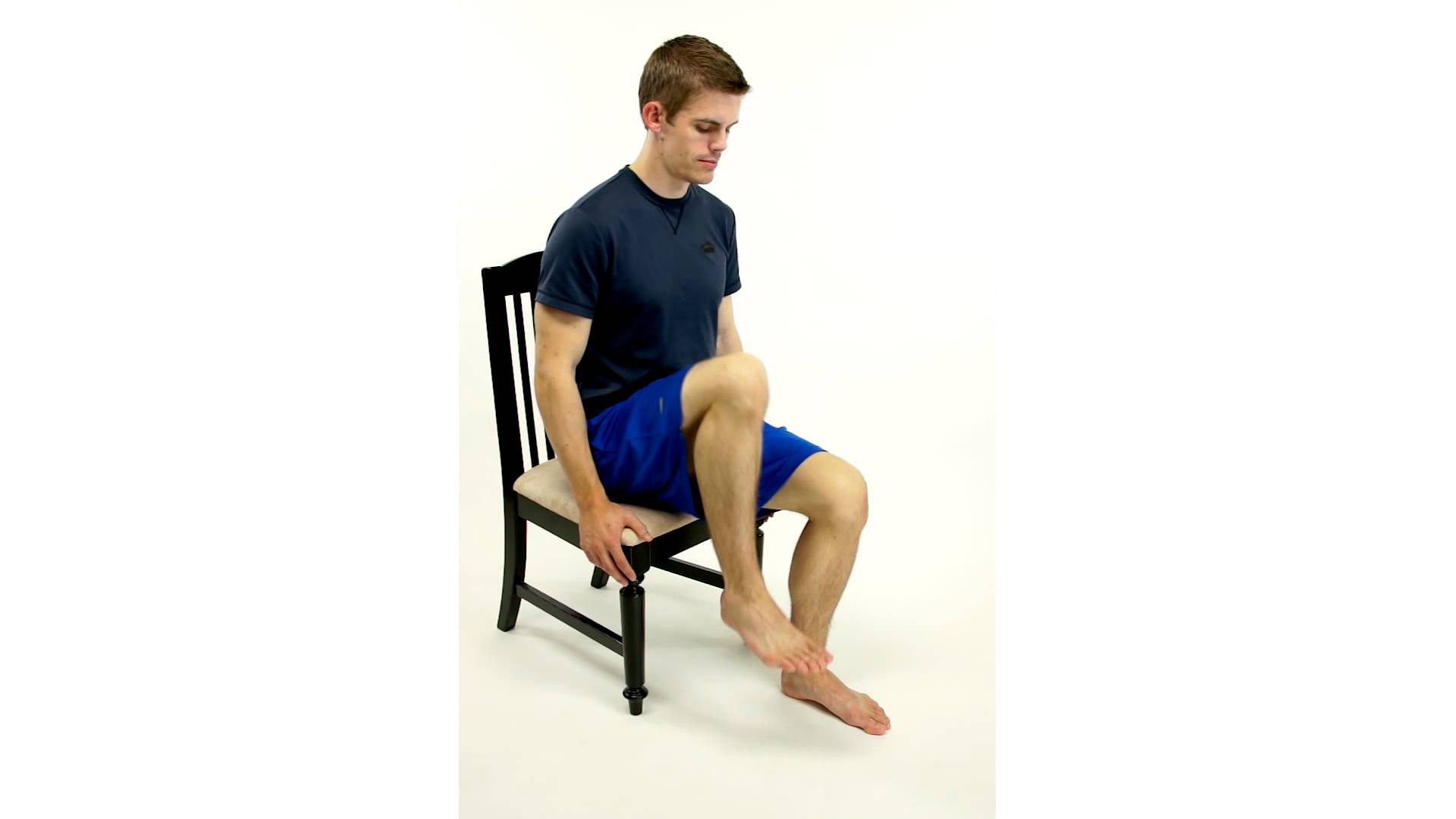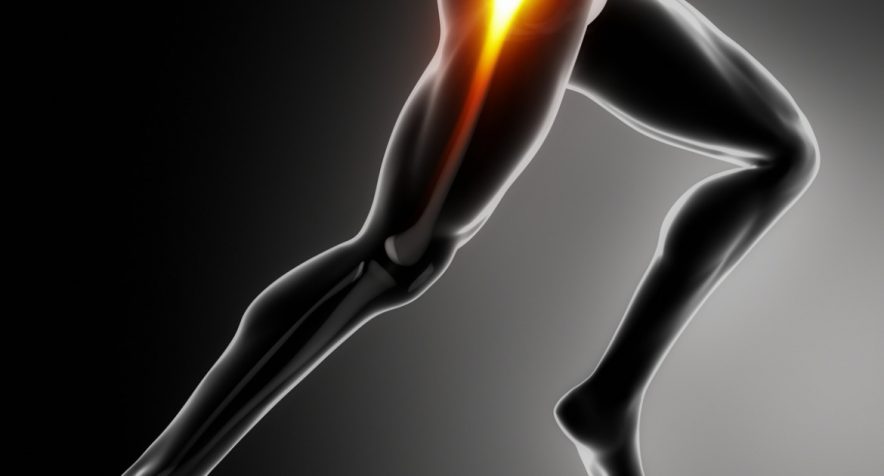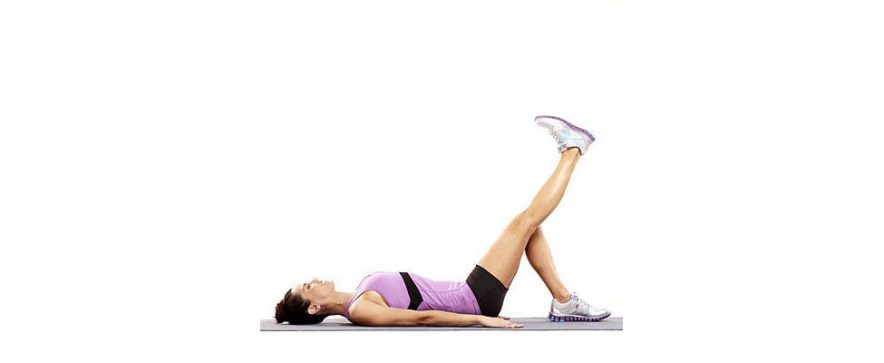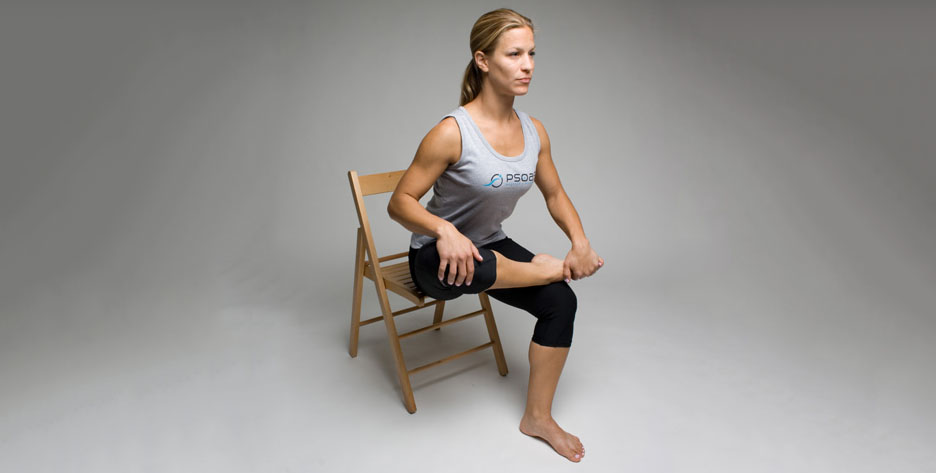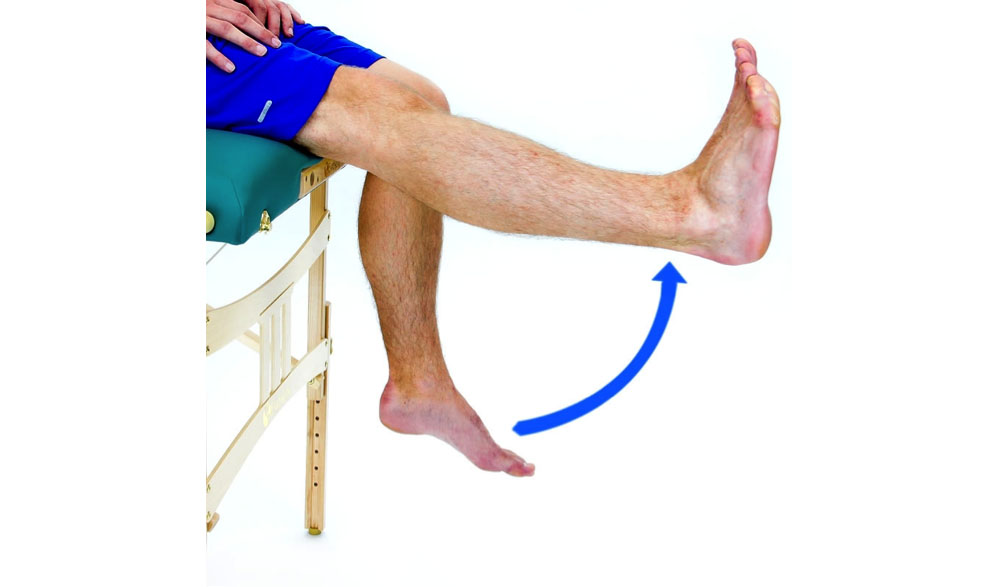
Brooklyn Physical Therapy News- Evolve NY
Physical Therapy and Your Insurance
Is Physical Therapy Covered by Health Insurance?
Though your insurance company may allow many physical therapy visits per year, they usually also reserve the right to do a pre-check to ensure that the treatment you’ll be receiving will be medically necessary or able to make a positive change.
Authorization
Though your insurance company may allow many physical therapy visits per year, they usually also reserve the right to do a pre-check to ensure that the treatment you’ll be receiving will be medically necessary or able to make a positive change.
A decision by your health insurer or plan that a health care service, treatment plan, prescription drug or durable medical equipment is medically necessary. Sometimes called prior authorization, prior approval or pre-certification. Your health insurance or plan may require preauthorization for certain services before you receive them, except in an emergency. Preauthorization isn’t a promise your health insurance or plan will cover the cost.
In and Out of Network
Some insurance companies have in-network providers, which means that they have pre-negotiated rates with those doctors or physical therapists, but insurance companies may also restrict the patient to the in-network providers. Some insurance providers that have in-network providers will also have out-of-network providers, although they may cover less of the expense of the treatment and have the patient pay the remainder of the bill.
Knowing your rights when it comes to your insurance
First, you should know that your insurance company is there to help you, you are not subject to their demands
You have a right to go out of network if your provider doesn’t have any in-network providers
If you are denied for authorization, you have your right to have your voice heard and to request more visits. If you are entitled to more visits than you were authorized for, you can speak to your insurance along with you physical therapists and doctor to be granted more visits
You are never locked into a healthcare provider, whether it is a doctor or a physical therapist. If you are unhappy with the care you are receiving, you are entitled to finding a care provider that you feel is good for you
For some more detailed info concerning healthcare laws in New York, please visit: http://www.dfs.ny.gov/consumer/hrights.htm
If you have any questions, give us a call at 718-258-3300 or contact us today!
What Is Direct Access and How Can It Help You?
What is direct access?
Direct access is the legal term that states that patients can go straight to a physical therapist to receive treatment, and do not have to get referrals from physicians, which can cause delays and be costly. The term has different conditions in every state, but direct access is available in all 50 states in the US, which means that patients are put at the focus of the treatment plan, and are allowed to receive faster and cheaper services than when required to go through a physician.
What is direct access?
Direct access is the legal term that states that patients can go straight to a physical therapist to receive treatment, and do not have to get referrals from physicians, which can cause delays and be costly. The term has different conditions in every state, but direct access is available in all 50 states in the US, which means that patients are put at the focus of the treatment plan, and are allowed to receive faster and cheaper services than when required to go through a physician.
Are physical therapists qualified to deliver services independent of referral?
Absolutely. Physical therapists are educated at the post-baccalaureate level and receive extensive education and clinical training in the examination, evaluation, diagnosis, prognosis, and intervention of patient/clients with functional limitations, impairments and disabilities. All accredited entry-level physical therapist education programs currently culminate in a Doctor of Physical Therapy (DPT) degree. Physical therapists are qualified to recognize when a patient presents with signs and symptoms inconsistent or outside the scope and expertise of the physical therapist and when the patient should be referred to a physician. APTA's Guide of Professional Conduct advocates that physical therapists should assist patients in receiving appropriate medical care when the physical therapist's examination and evaluation reveals signs and symptoms inconsistent with a condition that can be appropriately treated with physical therapy or needs a physician's care and expertise.
Direct Access Laws in New York
The direct access laws in New York have three conditions:
Treatment can be rendered by a Licensed PT without a referral for 10 visits or 30 days, whichever comes first.
Licensed PT must have practiced PT on a full-time basis for no less than three years; be of at least twenty-one years of age.
PT must provide written notification that services without a referral might not be covered by the patient’s health plan or insurer; notification must state that said services might be covered by health plan or insurer with a referral. Must keep a copy of the written notification in the patient’s file.
The Bottom Line
Allowing individuals to make decisions regarding their health care is inherently good. Eliminating the referral requirement is one step to making health care more accessible to more people across the United States.
Physical therapist education supports practice without referral. Physical therapist practice in the states that allow treatment without referral has proven that it is safe. Yet consumers in many states continue to face arbitrary barriers to physical therapist services.
Direct access is about individual choice in health care decisions through the elimination of unnecessary and burdensome regulation. Direct access also puts control in the patients’ hands, and allows them to be a part of their own plan of care.
What this means for you
This means that you can come to Evolve Physical Therapy without a referral and get treated by one of our amazing physical therapists right away! Should you need more than ten visits, we’d need to get in contact with your doctor, which we’ll try to make as smooth a process as possible.
If you have any questions, give us a call at 718-258-3300 or contact us today!
Rock Steady Group Boxing Classes now in Brooklyn, NYC at Evolve Physical Therapy!
Rock Steady Boxing is a unique exercise program based on training used by boxing pros and adapted to people with Parkinson’s disease, and will now be available in Brooklyn, NY!
Rock Steady Group Boxing Classes now in Brooklyn, NYC at Evolve Physical Therapy!
What is Rock Steady Boxing?
Rock Steady Boxing is a unique exercise program based on training used by boxing pros and adapted to people with Parkinson’s disease, and will now be available in Brooklyn, NY! The program involves regular exercises, such as stretching, bicycling, running, jump-roping, push-ups, balancing and lots of non-contact boxing, led by experienced trainers and coaches. Rock Steady Boxing serves both men and women of all ages and levels of ability.
Is Rock Steady Boxing Safe?
At Evolve, training classes are taught by Physical Therapists and Certified Personal Trainers, and include an exercise program that attacks Parkinson’s at its vulnerable neurological points. Rock Steady Boxing is proven safe and effective addition to a treatment program for Parkinson's disease. It is a non-contact boxing training program led by certified trainers and physical therapists that are experienced with helping people with PD. While focusing on overall fitness, strength training, reaction time and balance, workouts include: focus mitts, heavy bags, speed bags, double-ended bags, jump rope, core work, calisthenics and circuit weight training. No boxing experience is necessary and people of all ages are invited to participate. Boxers, both male and female, range in age from mid-30s to early 90s.
Evolve Physical Therapy in Brooklyn, NY has licensed physical therapists who have been treating patients with Parkinson’s Disease in NYC for over 25 years. Evolve has teamed up with RSB to offer another truly great way to help the Parkinson’s community get stronger and better.
The History
The Rock Steady Boxing Method was developed in Indianapolis over the course of seven years by former Marion County, Indiana Prosecutor, Scott C. Newman, who is currently living with Parkinson’s. In 2012, the Training Camp was launched to share the Rock Steady Boxing Method with other people who are fighting back against Parkinson’s. Today, there are 515 Rock Steady Boxing centers around the world, initiated by certified Rock Steady Boxing coaches, and that number is constantly growing.
It is estimated that 1-1.5 million Americans have Parkinson’s disease, with as many as 60,000 people newly diagnosed with PD each year.
Rock Steady Boxing can help by moving your body in all planes of motion while continuously changing the routine as you progress through the workout. RSB classes have proven that anyone, at any level of Parkinson’s, can actually lessen their symptoms and lead a healthier/happier life.
Can Rock Steady Help You?
Classes - RSB offers four different levels of classes to accommodate varying degrees of Parkinson’s/fitness.
Support - The PTs at Evolve Physical Therapy have years of experience with patients with Parkinson’s Disease, and know how to help patients move and feel better at any degree of fitness. We strive to help patients feel strong and empowered, and work hard to reduce the progression of symptoms, which is why Evolve and Rock Steady make a great match!
Camaraderie - Friends for fighters and caregivers. Group fitness classes and positive atmosphere are proven to push fighters to work harder and will help them get better at a faster pace.
Low Back Pain: Why You Have It, and How to Fix It
The lumbar spine is what is most commonly referred to as the low back, and it is comprised of the last 5 vertebrae of the spine before the tailbone (sacrum). Low back pain can be caused by many different things, but there are a few things that can always help: proper posture, stretching, and strengthening.
How does the low back work?
The lumbar spine is what is most commonly referred to as the low back, and it is comprised of the last 5 vertebrae of the spine before the tailbone (sacrum). The vertebrae are stacked above each other, and there are intervertebral discs (IVDs), which are very tough fribrocartilaginous joints that can withstand a lot of bending and pressure, but if it is overdone, or a chronic issue, you may experience pain.
What causes back pain?
Back pain can be caused by anything that stresses the joint, whether a one-time stressor like lifting a heavy object incorrectly, or a chronic issue like sleeping on an uneven bed or having bad posture. Additionally, because our spine has many nerves running through it, it’s possible that an imbalance in the spinal structure can cause pain to radiate down the leg as well. This condition is known as sciatica, and is also very common among the older population. Low back pain is one of the most common pains among people in the US, and if it lasts longer than 72 hours, there might be a problem that needs immediate care.
How Can Physical Therapy Help?
Because of the sensitivity of the spine, physical therapy is usually recommended before other, more invasive procedures like surgeries or injections. If your back pain is affecting you from doing your daily activities, even if that means things like heavy lifting or sports, physical therapy can get you back into shape, or at the least help you get to doing most tasks pain-free. With mobilizations and strengthening exercises, our goal is to get you back to where you were and to get you stronger, and to advance with proper mechanics so that we can avoid this issue in the future.
What can I do to help myself?
Improve your posture
Posture is something that is always present, and if your back is not aligned, and your spine is out of line with your shoulders and hips, you might be experiencing pain. Align your posture by making sure your shoulders aren’t rounded, and stacking your shoulders above your spine, and above your hips, all in one vertical line. Note that this proper posture is even more important when sitting, because just having shoulders rounded can cause this system to go out of whack.
Exercise
There are many exercises that can help low back pain, but as always, don’t don’t exercise if you’re in pain. Low-impact exercises like swimming are great for keeping strong, but there are also low-back specific exercises that might help. Many people find that yoga is helpful, as this practice usually contains low-impact, slow movement, which can help improve both mobility and stability in the lower back.
Summary
Low back pain can be caused by many different things, but there are a few things that can always help: proper posture, stretching, and strengthening.
Physical therapy is one of the most common ways to relieve low back pain, and most people leave their first visit feeling better.
Try the exercises suggested here to help ease pain and prevent future symptoms.
5 Hip Movements to Help Strengthen and Prevent Pain
Hip pain is something that affects up to 1 in 10 Americans, but there are some exercises that can help almost anyone ease or eliminate pain.
Hip pain is something that affects up to 1 in 10 Americans, but there are some exercises that can help almost anyone ease or eliminate pain.
Strengthening Exercises
Supine Bridges
Begin lying on your back with your arms resting at your sides, your legs bent at the knees, and your feet flat on the ground. Tighten your abs and slowly lift your hips off the floor into a bridge position, keeping your back straight and in a neutral spine.
Seated Marching
Begin sitting upright in a chair with your feet flat on the floor. Keeping your knee bent, lift one leg and lower it back to the ground, then repeat with your other leg. Continue this movement in a marching motion while alternating between legs.
Clamshells
Begin lying on your side with your legs bent to 45 degrees and feet together. Lift your top knee upward while keeping your feet together, then lower it back down and repeat.
Prone Hip Extension
Begin by lying on your stomach with both legs stretched straight behind you. Slowly lift one leg upward as far as you can without arching your low back, then lower it back to the starting position.
Sidelying Hip Abduction
Begin by laying on one side, and slowly lift your upper leg toward the ceiling, then lower it back to the starting position. When finished with one side, lay on the other side and perform the same movement with the opposite leg.
To learn more about the causes and treatments of hip pain, click here.
Common Causes of Hip Pain and What You Can Do To Manage It
The hip is a ball-and-socket joint that is essential to everyday activities, such as walking and going up and down stairs. It is responsible for flexion and extension of the legs. Try the exercises suggested here to help ease pain and prevent future symptoms.
How does the hip work?
The hip is a ball-and-socket joing that is essential to everyday activities, such as walking and going up and down stairs. It is responsible for flexion and extension of the legs. The hip joint has a good range of movement, and is very stable and rarely dislocates, even after high-impact trauma.
The joint is surrounded by a tough, fibrous sleeve, called a capsule, which helps hold the hip and thigh bones together. The capsule is lined by a synovium, which produces a fluid that nourishes the cartilage, lubricates the joint, and allows fluid movement. The hip joint is moved by several muscles that allow you to rotate your hip and walk.
What causes hip pain?
There are many different causes of hip pain, and these depend on the case. Pain can be caused by a sudden trauma, or by repetitive improper movement. One common cause is osteoarthritis, a condition that affects the body’s joints. The surfaces within the joint are damaged so the joint doesn’t move as smoothly as it should. Your doctor will be able to tell you what has caused your pain, but the information and exercises here can be relevant for most cases.
What can be done to help?
Physical Therapy
If your hip pain is affecting your activity and persisting, ask your GP about referral to a physical therapist or physiotherapist. Physiotherapy can help you manage pain and improve your strength and flexibility, which will focus the stress on your muscles, and relieve stress from bones and joints. A physiotherapist can provide a variety of treatments, help you understand your problem, and get you back to normal activities.
Surgery
Surgery may be recommended if your pain is very severe or if you have mobility problems. Your doctor will discuss what the surgery may involve, as these usually are determined on a case-by-case basis.
What can I do to help myself?
Lose Weight
If you’re overweight, losing weight can usually help release pressure from the knee joints.
Exercise
Low impact activities such as swimming, cycling, and using a cross-trainer are particularly good. This helps strengthen the muscles, and allowing the muscles take on more of the stress, and minimizing the joints from absorbing shock.
Summary
Hip pain can be caused by several different things. Whatever the cause, exercise and keeping to a healthy weight are always good objectives, as these can help reduce symptoms.
You can take painkillers to ease the pain. Taking painkillers can also help you stay active without causing extra pain during/after exercise.
Try the exercises suggested here to help ease pain and prevent future symptoms.
Click here for more information about physical therapy for hip pain
6 Knee Strengthening Exercises You Can Do Right Now
Knee pain is something that affects up to 1 in 5 people, but here are several movements that can help ease or eliminate pain.
Knee pain is something that affects up to 1 in 5 people, but here are several movements that can help ease or eliminate pain:
Stretching Exercises
Seated Piriformis Stretch
While sitting in a chair, cross your leg with the ankle of one foot on the knee of the other. Next, pull the top knee upward towards your opposite shoulder for a stretch.
Seated Hamstring Stretch
While seated, rest your heel on the floor with your knee straight and gently lean forward until the stretch is felt behind your knee/thigh.
Strengthening Exercises
Knee Extension/Long Arc Quadricep
While seated with your knee in a bent position slowly straighten your knee as you raise your foot upward as shown.
Laying Straight Leg Raise
While laying (or for an easier alternative, do this while sitting), raise up your leg with a bent straight knee. Keep the opposite knee bent with the foot planted to the ground.
Standing Hip Abduction
While standing, raise your leg out to the side. Keep your knee straight and maintain your toes pointed forward the entire time. Use your arms for support if needed for balance and safety.
Squats
Stand with feet shoulder width apart, and in front of a stable support for balance assist if needed, bend your knees and lower your body toward the floor. Your body’s weight should mostly be directed to the heels of your feet. From there, return to a standing position. Knees should bend in line with the 2nd toe, and shouldn’t pass the front of the foot too much.
To learn more about knee pain, click here.
About Your Knee Pain and How to Reduce Symptoms
The knee joint is where the thigh and shin bones meet. The end of each bone is covered with cartilage, which allows the ends of the bones to move against each other with minimal friction. The surfaces within the joint can be damaged so that the joint doesn’t move as smoothly as it should. Your doctor will be able to tell you what has caused your pain, but the information and exercises here will be relevant for most cases.
How Does the Knee Work?
The knee joint is where the thigh and shin bones meet. The end of each bone is covered with cartilage, which allows the ends of the bones to move against each other with minimal friction.
The knee joint has two extra pieces of cartilage called menisci, which spread the load more evenly across the knee. The knee joint is held in place by four large ligaments. These are thick, strong bands which run within or just outside the joint capsule. Together with the capsule, ligaments prevent the bones from moving in the wrong direction or dislocating. The thigh muscles (quadriceps) also help to hold the knee joint in place.
What Causes Knee Pain?
There are many different causes of knee pain. Overuse, a knee injury, supporting muscle or ligament trauma, or a common cause known as osteoarthritis, a condition that affects the body’s joints. The surfaces within the joint can be damaged so that the joint doesn’t move as smoothly as it should. Your doctor will be able to tell you what has caused your pain, but the information and exercises here will be relevant for most cases.
What can be done to help?
Physical Therapy
If your knee pain is affecting your normal daily activity and is persisting, ask your GP about referral to a physical therapist. A physical therapist, or physiotherapist, can provide a variety of treatments, help you understand your problem better, and get you back to your normal activities.
Surgery
Surgery may be recommended if your pain is very severe or you have mobility issues. Your doctor will discuss with you what the surgery may involve.
What can I do to help myself?
Lose Weight
If you’re overweight, losing weight can usually help release pressure from the knee joints.
Exercise
Low impact activities such as swimming, cycling, and using a cross-trainer are particularly good. This helps strengthen the muscles, and allowing the muscles take on more of the stress, and minimizing the joints from absorbing shock.
Summary
Knee pain can be caused by several different things. However, whatever the cause, exercise and keeping to a healthy weight can reduce symptoms and have the potential to cause a multitude of other physical and mental health benefits.
You can take painkillers to ease pain. Some find that taking painkillers before exercise can help them to remain active without causing any additional pain.
Try the exercises suggested here to help ease pain and prevent future symptoms.
Click here for more information about physical therapy for knees
Why Evolve?
Physical therapy is just one of the many important aspects of overall health, and ranges from treating long-term nagging pains to short-term acute pains. We pride ourselves on our commitment and attention to detail, and we find that our patients and clients also do best when they prioritize their treatment.
Why we do what we do
Physical therapy is just one of the many important aspects of overall health, and ranges from treating long-term nagging pains to short-term acute pains. Our therapists pride themselves on their willingness to help and on their love of watching people grow by getting physically stronger. Each member of our team is dedicated to making therapy pain-free, enjoyable, and productive. We pride ourselves on our commitment and attention to detail, and we find that our patients and clients also do best when they prioritize their treatment.
Our team
Our goal first and foremost is to deliver the best plan of care to you, the patient. We value positivity, and are proud of the connections we’ve made with patients. Evolve is not a cookie-cutter approach to physical therapy, we work hard and encourage patients to do better. We do our best to motivate, educate, and help you grow. We believe in everyone’s inherent power to fix themselves, and we’re here to show you the way and how to do that. Each member of our staff has their own reason for being a part of the team and their own method and style of doing things, and we work hard to ultimately make you better and healthier than you were yesterday. Our team is well-versed and experienced with young athletes as well as older generations, with both inpatient and outpatient treatment centers, and with many different modalities and treatment styles, so you can be sure that we’ll be able to work with you to help you succeed.
What we expect of you
Physical therapy is unique because it does not reward laziness; there is no quick fix, and usually no magic pill. Physical therapy rewards showing up, doing the work, and giving it your all. We encourage patients to prioritize treatments, to come to sessions consistently, and to do prescribed home exercise programs. In physical therapy and physical fitness in general, there is a direct relationship with work done and gains achieved. We will help you and push you to reach your limits and will build a relationship to work together to get you better.
What is Physical Therapy?
Physical therapy is a physical medicine and rehabilitation program with two main goals: To reduce pain and improve/restore mobility. Physical therapy is a very wide profession, and professionals can work with patients from birth to old age in order to heal ailments and injuries or improve overall movement. These fields include health and wellness, and span to fitness as well, and professionals can work with anybody from injured patients high functioning athletes.
WHAT IS Physical TherapY?
Physical therapy is a physical medicine and rehabilitation program with two main goals: To reduce pain and improve/restore mobility. Physical therapy is a very wide profession, and professionals can work with patients from birth to old age in order to heal ailments and injuries or improve overall movement. These fields include health and wellness, and span to fitness as well, and professionals can work with anybody from injured patients high functioning athletes.
Who is a Physical Therapist?
A physical therapist is most commonly a classically trained Master or Doctor, either with an Master’s of Physical Therapy (MPT/MSPT) degree or Doctorate of Physical Therapy (DPT) degree, who can establish a diagnosis and develop and enact a plan of care for a long term recovery. Physical therapists use researched and proven methods based in science and medicine, and work along with medical doctors, primary care physicians, and surgeons to help bring the patient to his or her full potential.
The Goal of a Physical Therapist
The goal of a physical therapist is to properly assess and diagnose an abnormality in movement and to help the patient perform maintenance and to properly move in the future in order to strengthen the area of the body that needs healing. Another goal of a physical therapist and his/her staff is to develop a long-term relationship with the patient and to create an environment that fosters growth and understanding, which will encourage health and wellness and a speedy recovery.
On and Off the Field
Physical therapy doesn’t just happen in the office. It is important to see a professional at least once a week (and in some severe cases up to twice a day 6 times a week), but in most cases, the physical therapist will give the patient some exercises to do at home, and it is important for the patient to keep up with their healing or training regimen to achieve a full recovery as quickly and painlessly as possible.
Welcome to the Evolution
Based in Brooklyn, Evolve Physical Therapy has been treating patients for over six years and has seen people from all walks of life come through our doors. The ailments that we have addressed are just as diverse as the customers we have seen, but the one underlying commonality among all of them is a desire to change their habits to promote better health and speed recovery.
Welcome to the Evolution
Based in Brooklyn, Evolve Physical Therapy has been treating patients for over six years and has seen people from all walks of life come through our doors. The ailments that we have addressed are just as diverse as the customers we have seen, but the one underlying commonality among all of them is a desire to change their habits to promote better health and speed recovery. This has led us to develop our Fit For Life program.
Fit For Life is more than physical therapy. It’s about creating a healthy lifestyle for all people, client or not. With the proper motivation and guidance, we all can be the best version of us that there is. We don’t need to run a marathon or become body builders overnight, but take those important key steps to modify our lifestyles toward a fitness goal. This blog will be dedicated to that pursuit as well as managing pain and the underlying injuries therein. We hope you come by often and check our posts out or even sign up for our newsletter and get monthly updates to your inbox. See you soon!



